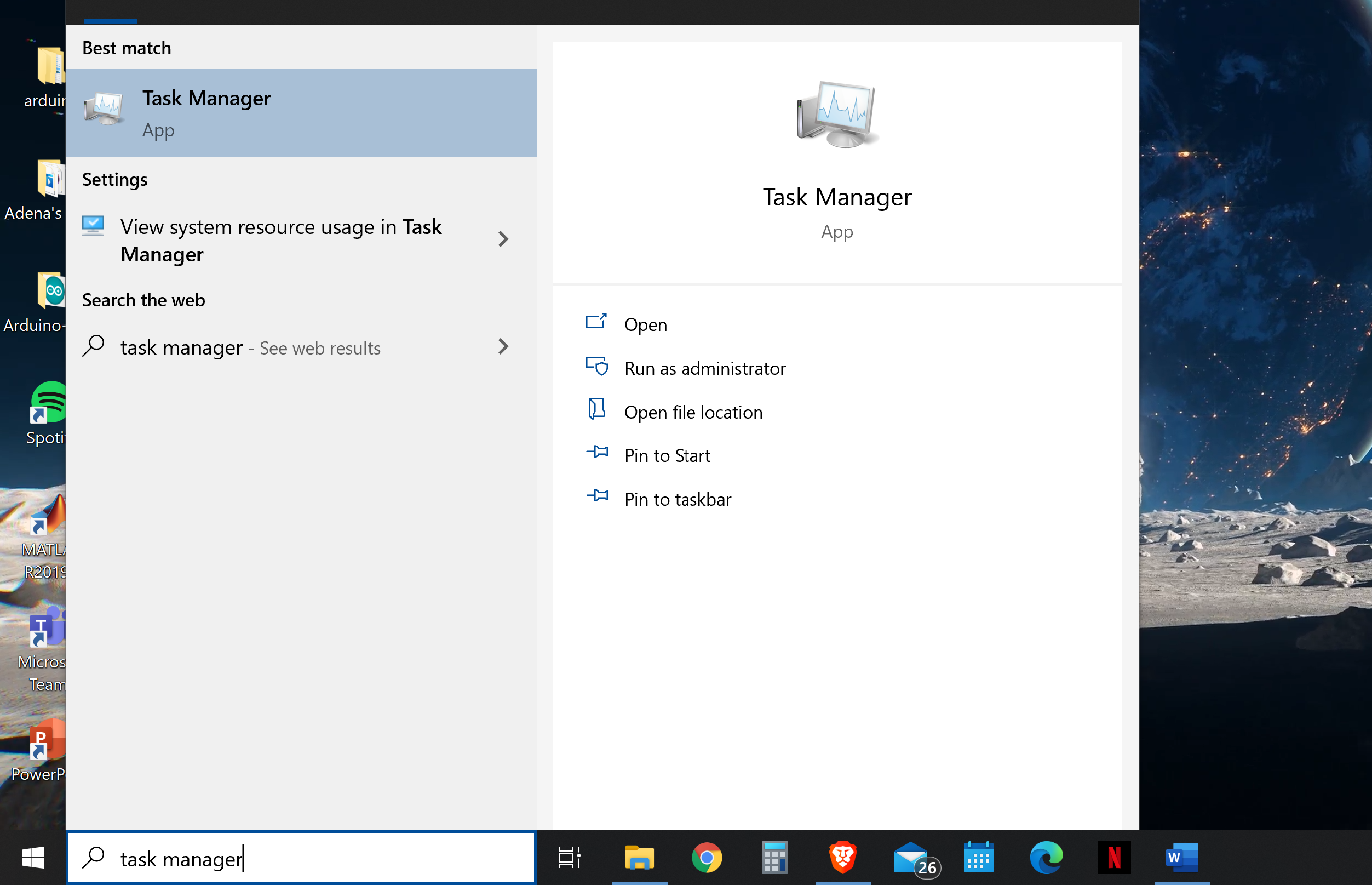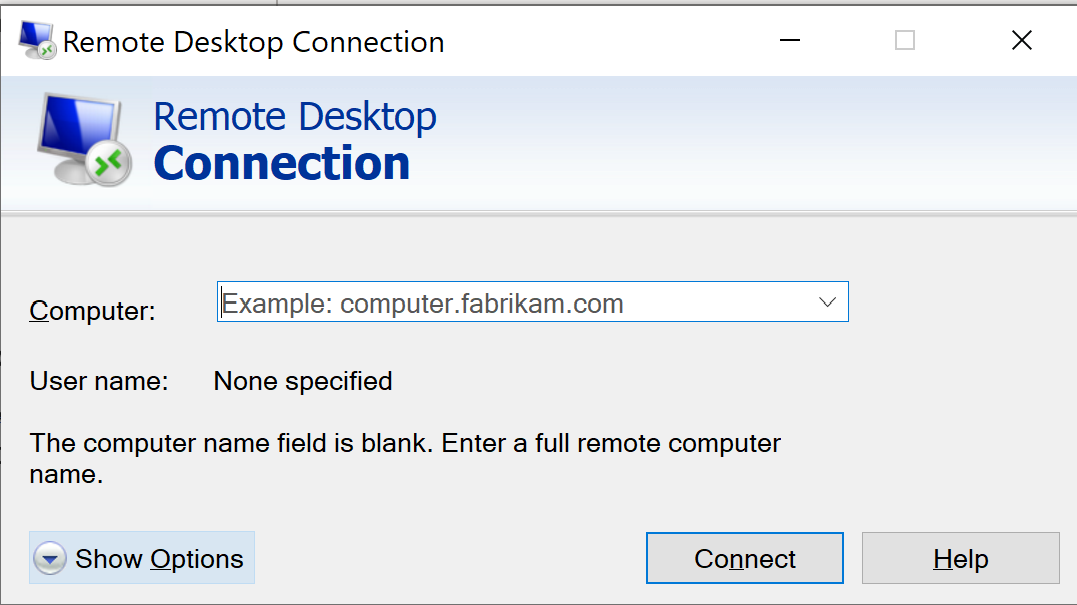What remote utility are you using? All should have a function to send the Ctrl+Alt+Del to the remote system. Microsoft's RDP 6 (mstsc) uses the Ctrl+Alt+End on the local keyboard to send the command to the remote terminal. Press Ctrl + Alt + Del on server using Remote Desktop. Press Ctrl + Alt + Del on server using Remote Desktop.
-->Applies to: Windows Server 2019, Windows Server 2016, Windows 10, Windows 8.1, Windows Server 2012 R2, Windows Server 2012, Windows 8
Virtual Machine Connection (VMConnect) is a tool you can use to connect to a virtual machine to install or interact with the guest operating system in a virtual machine. Some of the tasks you can perform by using VMConnect include the following:
Start and shut down a virtual machine
Connect to a DVD image (.iso file) or a USB flash drive
Create a checkpoint
Modify the settings of a virtual machine
Tips for using VMConnect
You may find the following information helpful for using VMConnect:
| To do this… | Do this… |
|---|---|
| Send mouse clicks or keyboard input to the virtual machine | Click anywhere in the virtual machine window. The mouse pointer may appear as a small dot when you connect to a running virtual machine. |
| Return mouse clicks or keyboard input to the physical computer | Press CTRL+ALT+LEFT arrow and then move the mouse pointer outside of the virtual machine window. This mouse release key combination can be changed in the Hyper-V settings in Hyper-V Manager. |
| Send CTRL+ALT+DELETE key combination to a virtual machine | Select Action > Ctrl+Alt+Delete or use the key combination CTRL+ALT+END. |
| Switch from a window mode to a full-screen mode | Select View > Full Screen Mode. To switch back to window mode, press CTRL+ALT+BREAK. |
| Create a checkpoint to capture the current state of the machine for troubleshooting | Select Action > Checkpoint or use the key combination CTRL+N. |
| Change the settings of the virtual machine | Select File > Settings. |
| Connect to a DVD image (.iso file) or a virtual floppy disk (.vfd file) | Select Media. Virtual floppy disks are not supported for generation 2 virtual machines. For more information, see Should I create a generation 1 or 2 virtual machine in Hyper-V?. |
| Use a host's local resources on Hyper-V virtual machine like a USB flash drive | Turn on enhanced session mode on the Hyper-V host, use VMConnect to connect to the virtual machine, and before you connect, choose the local resource that you want to use. For the specific steps, see Use local resources on Hyper-V virtual machine with VMConnect. |
| Change saved VMConnect settings for a virtual machine | Run the following command in Windows PowerShell or the command prompt:
|
| Prevent a VMConnect user from taking over another user's VMConnect session | Turn on enhanced session mode on Hyper-V host. Not having enhanced session mode turned on may pose a security and privacy risk. If a user is connected and logged on to a virtual machine through VMConnect and another authorized user connects to the same virtual machine, the session will be taken over by the second user and the first user will lose the session. The second user will be able to view the first user's desktop, documents, and applications. |
| Manage integration services or components that allow the VM to communicate with the Hyper-V host | On Hyper-V hosts that run Windows 10 or Windows Server 2016, you can't manage integration services with VMConnect. See these topics: - Turn on/turn off integration services from the Hyper-V host - Turn on/turn off integration services from a Windows virtual machine - Turn on/turn off integration services from a Linux virtual machine - Keep integration services updated for the virtual machine For hosts that run Windows Server 2012 or Windows Server 2012 R2, see Integration Services. |
| Resize the VMConnect window | You can change the size of the VMConnect window for generation 2 virtual machines that run a Windows operating system. To do this, you may need to turn on enhanced session mode on the Hyper-V host. For more information, see Turn on enhanced session mode on Hyper-V host. For virtual machines that run Ubuntu, see Changing Ubuntu Screen Resolution in a Hyper-V VM. |
Keyboard shortcuts
By default, the keyboard input and mouse clicks are sent to the virtual machine. So you may need to press CTRL + ALT + LEFT arrow before you use the following shortcut keys.
| Key combination | Description |
|---|---|
| CTRL+ALT+LEFT arrow | Mouse release |
| CTRL+ALT+END | Equivalent of CTRL+ALT+DELETE in the virtual machine |
| CTRL+ALT+BREAK | Switch from full-screen mode back to windowed mode |
| CTRL+O | Opens the settings for the virtual machine |
| CTRL+S | Starts the virtual machine |
| CTRL+N | Create a checkpoint |
| CTRL+E | Revert to a checkpoint |
| CTRL+C | Do a screen capture |
See Also

I’m a fan of Microsoft’s Remote Desktop; it’s built into Windows and allows me to quickly and easily administer a remote box from the comfort of my own work station.I use it at my house to administer the headless servers on my home network, the Subtext build server, and the co-located VelocIT servers.

Gotta’ love that magic!

Today a co-worker asked me how to send the infamous Control + Alt + Delete keystroke combination to a machine he was working on via RDP.This is a pretty common keystroke to use when trying administer windows… it does have uses other than just killing the box.
With Virtual PC there is menu item to send the keystrokes on to the virtual box.Go to the Action menu and select the Ctrl + Alt + Del option.
And with Remote Desktop?
Well it’s not quite as obvious. Actually it’s not an obvious solution at all…It might not even be documented!?
For the record, since I already knew the answer I decided to be lazy and didn’t bother to search the tubes for any official documentation.
To send the Ctrl + Alt + Del keystroke combination via RDP you actually need to use…
Microsoft Remote Desktop Send Ctrl Alt Delete
Ctrl + Alt + End
Microsoft Remote Desktop Send Ctrl Alt Delete Remote Desktop

How Do I Send Ctrl-alt-delete To A Remote Desktop
Hmm… that sure is intuitive!